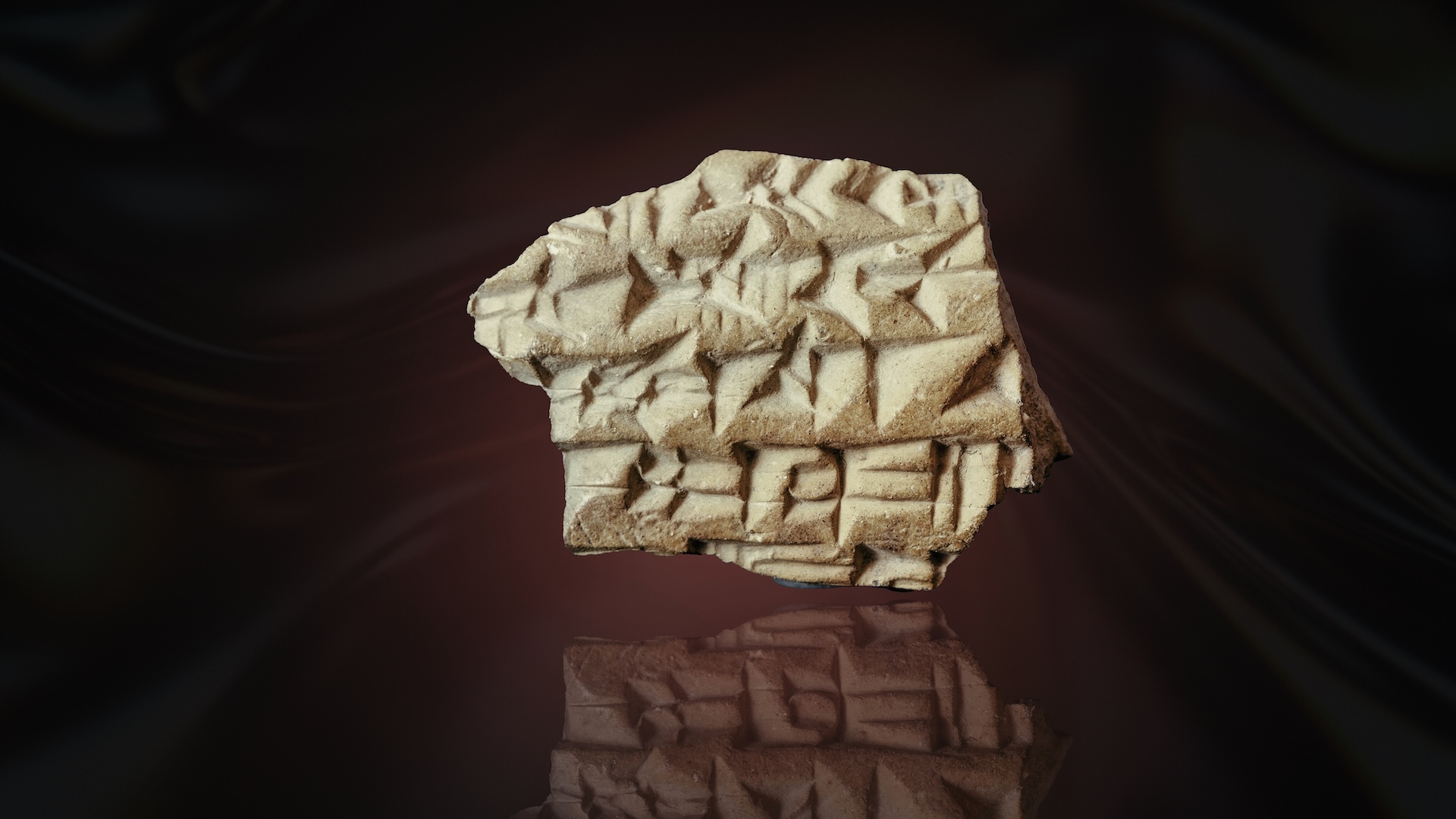How Is Crowd Size Estimated?
Reports of the number of people who attended Glenn Beck's Aug. 28 rally have varied wildly – from 78,000 to 800,000 people. How is crowd size estimated – and who does the counting?
For large outdoor events, whether they're political gatherings, benefit marathons or just massive crowds watching firework displays or parades, private companies are hired to count the attendees.
Hi-tech tally
Researchers apply various methods to detect, track and monitor mobs of people using technologies that include lasers, satellites, aerial photography, 3-D grid systems, recorded video footage and surveillance balloons, usually tethered several blocks around an event's location and flying 400 to 800 feet (120 to 240 meters) overhead.
"I would say the most accurate way to estimate the number of people in a large outdoor crowd is to get good aerial imagery, break it into regions of similar density, measure the square footage of each region, apply a reasonable value for the density in each region, and then add the calculated number of people in each region back into a total estimate," said Stephen Doig, a census expert at Arizona State University.
"The only better way would be if the crowd had to buy tickets and go through turnstiles to get in; alas, that rarely is the case," Doig told Life's Little Mysteries.
Doig uses his crowd-counting experience and techniques to help companies like AirPhotosLive.com (which covered President Obama's 2009 Inauguration ceremony, as well as the recent Glenn Beck rally in Washington, D.C.) get their figures.
Get the world’s most fascinating discoveries delivered straight to your inbox.
To get the numbers for an event, the company uses a 360-degree, spherical panoramic camera that can capture shots of the crowd from every direction all at once during the "peak" time of an event, or when attendance is at its highest, according to Curt Westergard, president of AirPhotosLive.com.
From those shots, an image analyst estimates the crowd size. A series of 3-D grids can be super-imposed over the images, breaking up the massive, complex crowd images into an easier-to-manage system. [Image: A grid superimposed on the crowds of Glenn Beck's Aug. 28 rally]
Samples of sections of the grids (which can include 100-by-100 feet or 500-by-500 feet squares) are then tallied by counting every person in them. These headcounts are then plugged into a mathematical formula (based on known, spatial distributions of crowds) that calculates how many similar grid sections there are based on the density of people in each section, according to Westergard.
Crowd counting
Why is the time-consuming and laborious collection of these figures so important?
Most importantly, estimated attendance numbers help keep the crowds at large gatherings safe. Event coordinators and officials are able to plan how to manage traffic in the area, how many medical response personnel will be needed in case of an emergency, as well as how much security to hire. Crowd size is also needed for media news reports and to historically record the event – which can get tricky.
In 1995, the organizers of the "Million Man March" threatened to sue the U.S. National Park Service over the NPS's estimate that 400,000 people attended the event. Following this ordeal, the NPS stopped releasing crowd projection figures to the public, according to the Boston University Center for Remote Sensing.
"Counting a crowd can be very easy, but there's some factors that make it harder," Westergard told Life's Little Mysteries.
For example, the more widely that a crowd is spread out, the more challenging it can be to get an accurate estimate of those attending, as it can become difficult to determine whether people near the event's perimeter are there for the event or are in the area for other reasons, according to Westergard.
- Do Third-Party Candidates Ever Win?
- Which US Cities Have the Most Millionaires?
- Why We Can't Find a Face in the Crowd
This article was provided by Life's Little Mysteries, a sister site to LiveScience.
